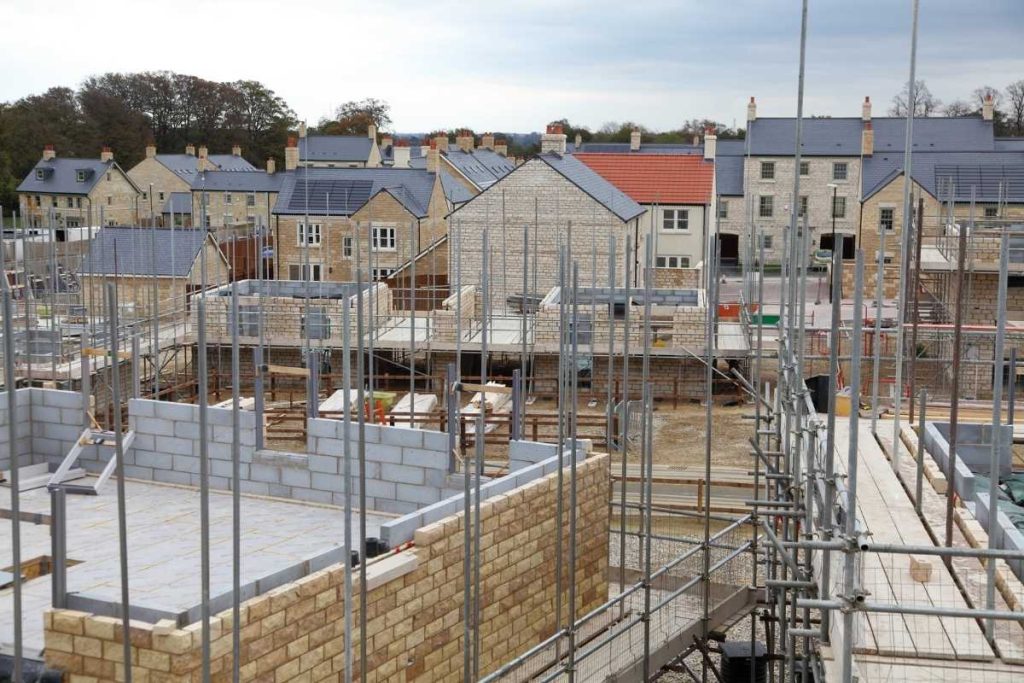Air Testing in Reading, Berkshire
Air Testing Reading – If you’re looking for a way to improve the energy efficiency of your home or office, you might want to consider an Air Permeability test. This test measures the amount of air that permeates the fabric of your building at a 50 pascal pressure differential. It’s important to know that this number will vary from house to house, and it will also vary over time. The air permeability of your building fabric will have a lot to do with how well the building will ventilate.
In the UK, air leakage in buildings is regulated by Building Regulations. To get the correct rating, your building must not have more than five m3/hm2. If you have a higher rate, you may have a problem getting the required rating.
Why is Airtightness Testing Important in Reading?
If you are planning to build a new home or refurbish an old one, airtightness testing is a vital component of the building process. By testing the airtightness of a building, you can make sure it meets all regulations and standards, while reducing draughts and reducing your heating bills. Additionally, it can help improve the health of the occupants as improper ventilation can have a negative effect on air quality.
Airtightness tests measure the amount of air that is leaking into and out of a building. This is measured in cubic metres of air per square metre of envelope surface area. Failures to meet this requirement can lead to expensive uncovering. If air leaks, the best way to prevent them is to use appropriate fixings and hangers when constructing a new home. Plasterboard that is not installed using proper techniques, such as dot and dab, may also cause leaks.
How is an Air Tightness Test Performed?
If you are thinking about buying a new home, you may want to learn more about air tightness tests. These tests measure how much air leaks per square metre of an external building’s surface area. Excessive air leakage can increase heating bills and CO2 emissions. To help reduce these negative effects, the government has introduced new building regulations that put more emphasis on the fabric of a building.
During the air tightness test, a fan is used to depressurise the house and a calibrated anemometer is used to measure the pressure inside and outside the building envelope. This data is fed into a software program, which calculates the amount of air leaking per square metre.
Air Testing for New Builds in Reading
Air Testing is an essential part of the Building Regulations in the UK. Known as Part L, this test measures the air tightness of buildings and ensures that they meet energy efficiency standards. The test results are used in calculations for SAP (Social Benefit Assessment) and SBEM (Sustainable Building Energy Rating). The results of air testing are crucial for the energy efficiency of a new build and can help you save money on your heating and cooling bills.
Air tightness testing is a process that can be performed on any type of building. The test can determine the amount of air leaking into a building and issues a certified ATTMA certificate. The results of the test are expressed in m3/h/m2.
Commercial Air Testing in Berkshire
Commercial buildings have extensive HVAC systems, which can cause mold to grow. This contamination often starts at the source of the air circulation system, such as condensation from the cooling coils or a problem with the drain pans. Moisture is the number one factor in mold growth. Because the HVAC system is the main source of clean air within buildings, it is critical to ensure that the system is working properly to prevent a mould infestation.

